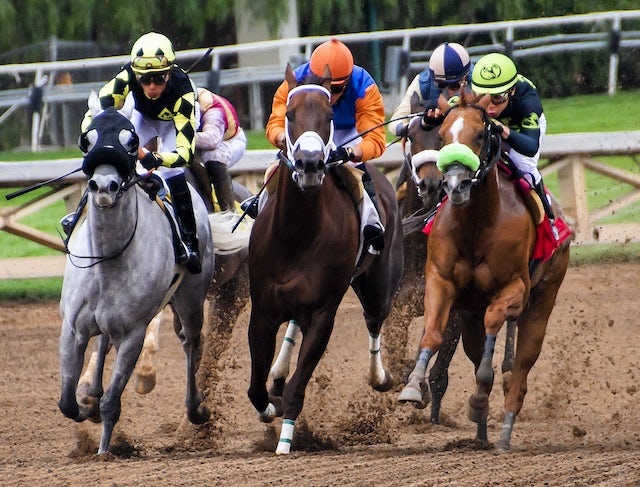 © Image by Clarence Alford from Pixabay
© Image by Clarence Alford from Pixabay
Horse racing is one of the world's most popular forms of gambling, and why wouldn't it be? It's fun to bet on and very exciting to watch. Just think about the anticipation as the countdown timer winds down until the gates open, and you can see which horse will win.
After all that anticipation, there's only a minute or two before the winner crosses the finish line and takes home the massive pot. And the people betting on the winning horse get rewarded for their wager. However, horse race betting is pretty complicated. There are a lot of things that determine which horse to bet on, including speed figures and class ratings.
So, for a bit of help understanding this game, let's look at what exactly class rating and speed figure are and how these two pieces of information can help you pick the right horse for your next race.
What Is A Class Rating?
The horse race has its rating to determine the strength and difficulty of the field. Each race is assigned a class rating based on the last 6 months' worth of speed figures from the horses competed in the race to determine the best prediction.For example, a $30,000 claiming race may have a class rating of 90. But then the next race could have an 85 should a weaker set of horses have entered that race. Or, if stronger horses competed, a class rating of 95 could be awarded to the race.
Simply speaking, the class rating is a projection of the predicted winning speed figure for the field. Many sportsbooks provide these numbers on their website so you can get a better idea of what to expect when betting on the races. If you want to learn more about it, check out tvg guide to betting on horse racing.
What Is A Speed Figure?
Speed figures are a numeric representation of a horse's speed relative to the competition. Handicappers use them to determine which horse is the fastest and has the best chance of winning. The higher the number, the faster the horse.On the other hand, the lower the number, the slower the horse. These numbers range from 0-115 (with 120 being average). So, for example, if you see a 0 next to one horse's name on an odds board, then you know that that particular horse is the slowest; whereas if you see 115 next to another horse's name, then you know that they are very fast and have high chances of winning.
Trackmaster, Equibase, and Beyer provide this data for most tracks. They have mathematical formulas for calculating these numbers, but generally, it considers how many times the horse won/lost and how long those races were run.
The more recent the race was run, the more accurate these numbers will be because they account for how well each runner has been doing recently.
How to Bet Based on Recent Class Rating and Speed Figure?
Class ratings and speed figures are extremely powerful and helpful when used together while handicapping. Why? They can help you make better-informed betting decisions. In particular, when horses are shipping to different tracks or moving in class, it's unclear whether they will do well in the race.Since a class rating is deemed a par speed figure for a horse race, a horse with a speed figure of 90 or more would have better odds at finishing first in any race with a class rating of 90. Simply put, the higher the rated class and the speed figure, the more likely a horse will win.
The way to determine which horse will win is by looking at its current class ratings and speed figures. If one matches up with another's, then there's an even greater chance that they'll win! So, consult both class ratings and speed figures before betting on your favorite horse to give yourself the best odds possible. \
Where to Get These Data?
Speed figures and class ratings are generally available from various sources, including The Racing Form, Daily Racing Form, Equibase, and Brisnet. Some of these sources may require a subscription to access their databases. However, many programs will help you analyze the data once you have downloaded it.But there are also accessible online options. For example, point-of-racing has an online database that can be accessed free with registration and offers essential analysis tools. If you don't want to register for Point-of-Racing, you can download a zip file containing the data (although this option does not allow for any analysis).







